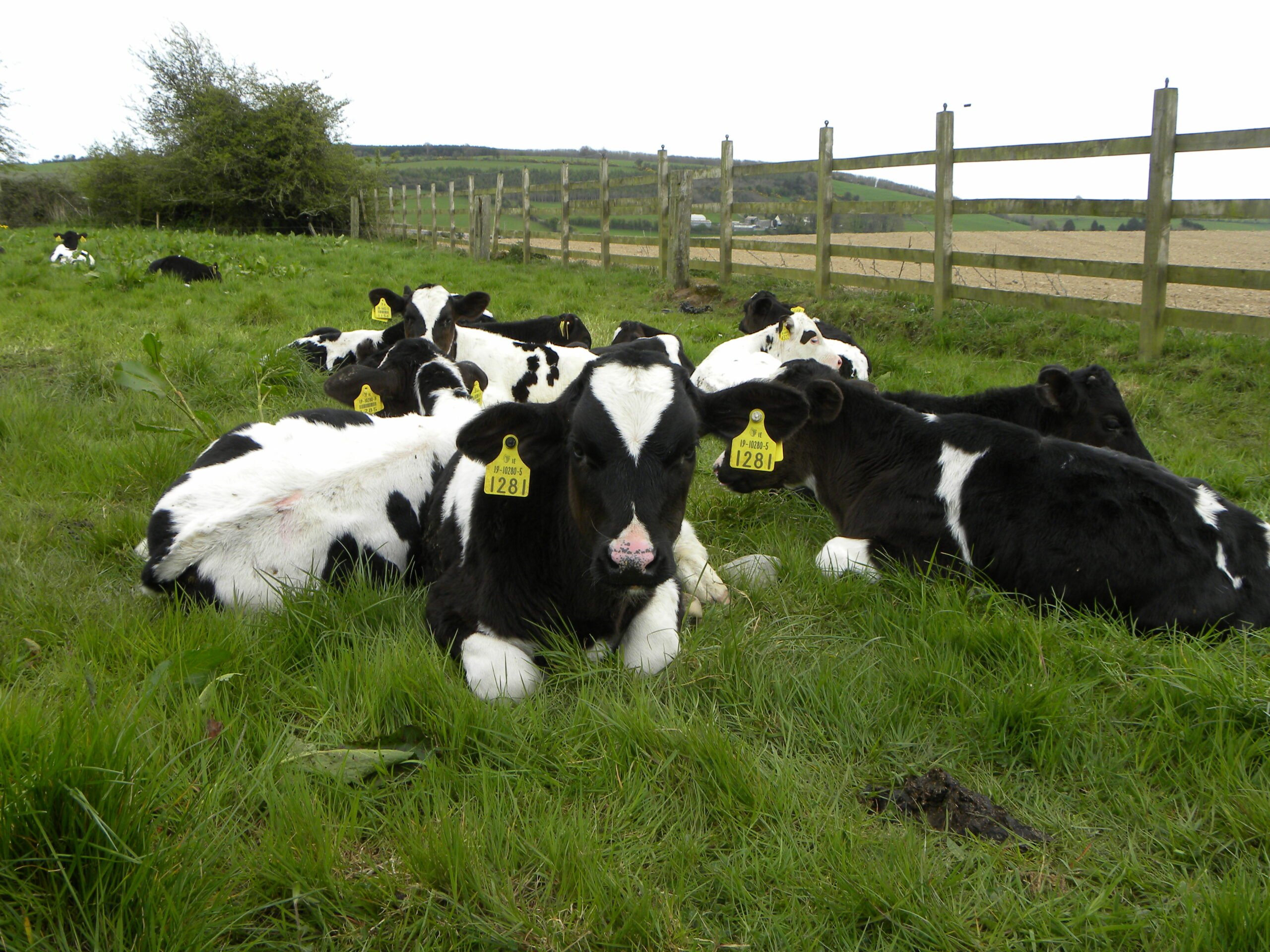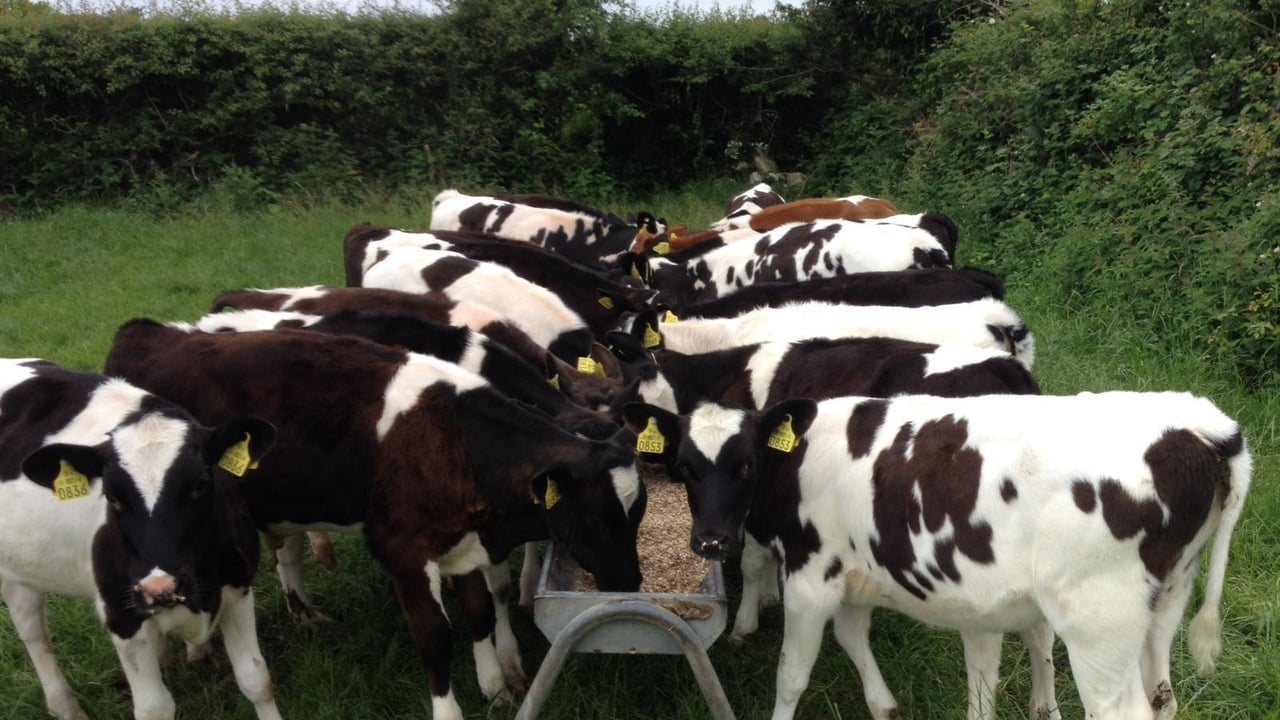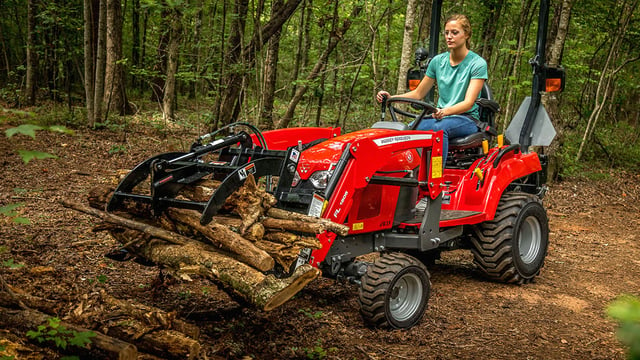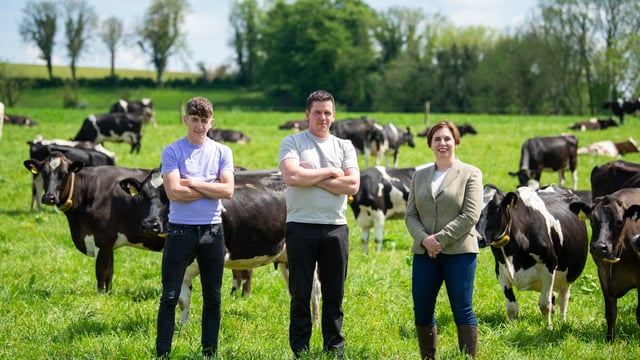Managing dairy-beef & replacement heifer calves at grass turnout
The majority of calves born on dairy farms that stay on the farm are dairy replacements, typically born in February, which means that the majority of these calves are now months-of-age and weaned off milk.
From a beef perspective, there will be a number of dairy farmers keeping on a few dairy-beef calves, and the calf to beef producers will be looking at getting these young stock out to grass, if they have not already done so.
A lot of farmers will not turnout calves to grass until they are weaned off milk and eating a sufficient amount of concentrates.
Ideally, once calves are weaned off milk - which for many occurs around the 8-10 weeks-of-age mark - they should be kept indoors and fed meal with hay or straw for a week or two before going out, to ensure they are in full health and in good condition.
Only correctly weaned and healthy calves consuming at least 1.5kg/day of concentrates should be turned out to pasture.
They should be turned out to a well-sheltered paddock as even though the days are quite warm at the moment, the nights can be quite hold.
If setting them out to an open paddock exposed to harshness, putting a few bales of straw in the field may offer some shelter for the young stock.
If possible, bringing calves back into the shed at night for the first few weeks will avoid any potential upsets.
For many farmers, it will not just be heifer replacement calves that are getting turned out to grass, as many farmers like keeping on a few of their dairy-beef calves.
Meal feeding should be maintained post-turnout for at least five to six weeks to help the calves transition to eating grass at a feeding rate of 1.5-2kg of meal/head/day.
Farmers need to be wary about getting calves out to the same paddock year after year, as altering the paddock will help avoid the build-up of pathogens and diseases.
Paddocks that have recently received high levels of nitrogen (N) or are very lush and protein-rich should be avoided at turnout to avoid any digestive upsets.
Summer scour syndrome often occurs when calves are grazing lush pastures with a high crude protein (CP) content (>20%) and a low fibre content (<40%).
As calves are selective grazers, they will continue grazing the leafier parts of the grass, which contain more nitrates and non-protein nitrogen (NPN) – a large quantity of ammonia may build-up in the rumen if it is not fully developed.
Calves should be let out to paddocks of covers less than 1,000kg of dry matter (DM)/ha as these covers will encourage intakes.

Young stock are unable to handle high quality grass, so it is best practice to give them access to more fibre, as calves that are grazing on more fibrous grass rarely suffer from summer scour syndrome.
A practical way of correcting the fibre deficit for your calves is to introduce hay or straw into the diet while the calves are out at grass. It is important to keep this hay or straw fresh and to keep it in their diet for the first number of months out at grass.
Strip grazing calves is another possible method to prevent the onset of summer scour, as it will encourage them to graze both the leaf and the stem of the grass.
If the weather is good and calves are in good form, they can be taken off meal from around mid-June before being re-introduced in September. Any weak or late-born calves should be kept on meal for the summer months.
When a vaccination protocol is being implemented for the likes of pneumonia, infectious bovine rhinotracheitis (IBR) or clostridial diseases, ensure that the programme is up-to-date and calves have received their booster shots prior to turnout.
Remember, young stock thrive on consistency, so it is important to make sure the transition to grass is smooth and no aspect of the diet is pulled suddenly.





